Some of the links in this post are affiliate links. If you use the link to make a qualifying purchase, I’ll make a small commission at no extra cost to you. As always, thanks for being here!
All the details you need to visit Shali Fortress. Discover one of the most significant historical sites in Siwa Oasis!
In the heart of Siwa Oasis lies the remnants of the once majestic Shali Fortress. A fortress built from mud-brick atop a hill that towered above the town at four to five stories high.
This historic Egyptian fort was once home to hundreds of Siwi Berbers. However, now all that’s left is the old mosque, the crumbling maze of tight alleyways, and ruined buildings.
But Shali Fortress is still a prominent feature of Siwa Oasis and with the multi-level fortress now open to the public, it’s one of Siwa’s top landmarks to visit.
Make sure to climb to the top level to enjoy epic panoramic views of Siwa Oasis! And if you time your visit with golden hour it’s also a magical place to watch one of Siwa’s legendary sunsets!
Siwa Oasis is one of the most unique destinations I’ve ever visited and the intriguing shapes of Shali Fortress only add to this. So keep reading for a complete guide to visiting including a quick history, how to get there, what to expect and more!
The History of Shali Fortress
Origins
Shali Fortress is centuries old and the original construction dates back to as early as the 12th and 13th centuries. It was built from a type of mud-brick called Kershef (a material formed by mixing clay, salt and rock) by local Siwis who inhabited the oasis at the time.
The use of Kershef was strategic as when dried it formed extremely hard and thick walls. Not only were these very durable but the insulation was ideal for the desert climate. This allowed the Siwis to stay cool in the hot summers and warm during the cold winters.
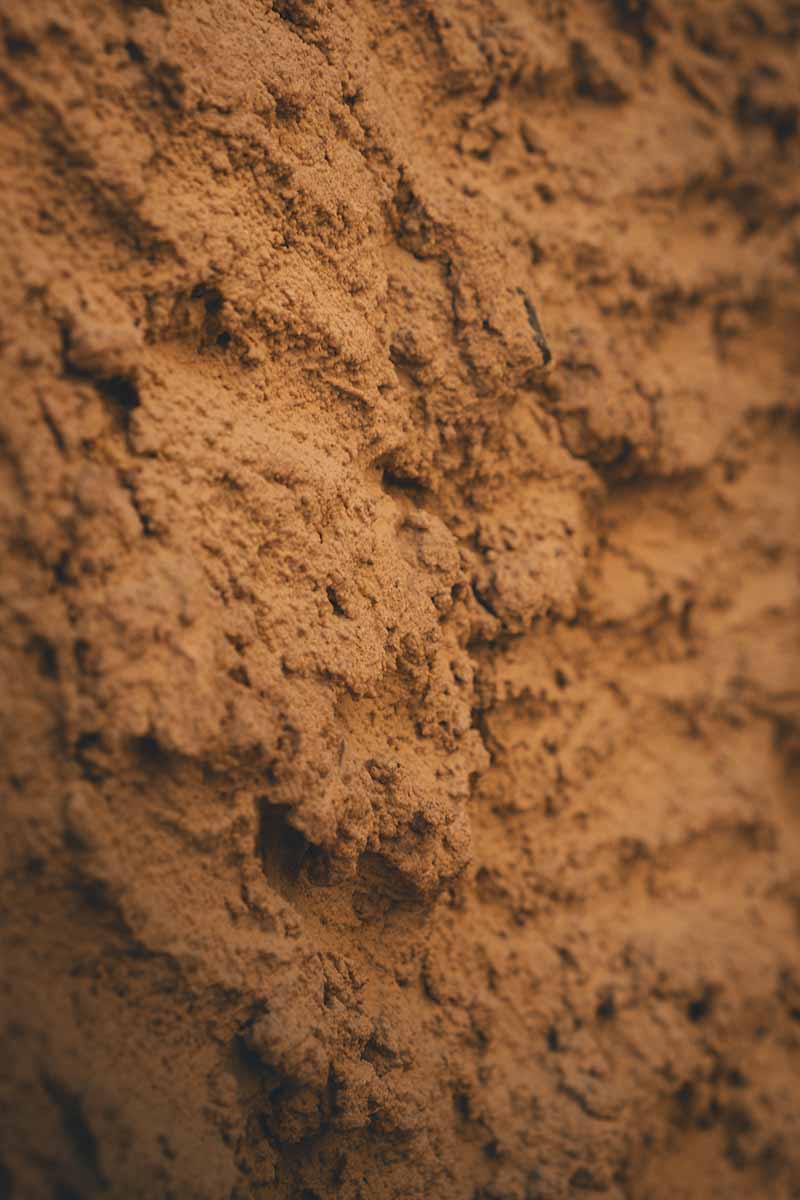
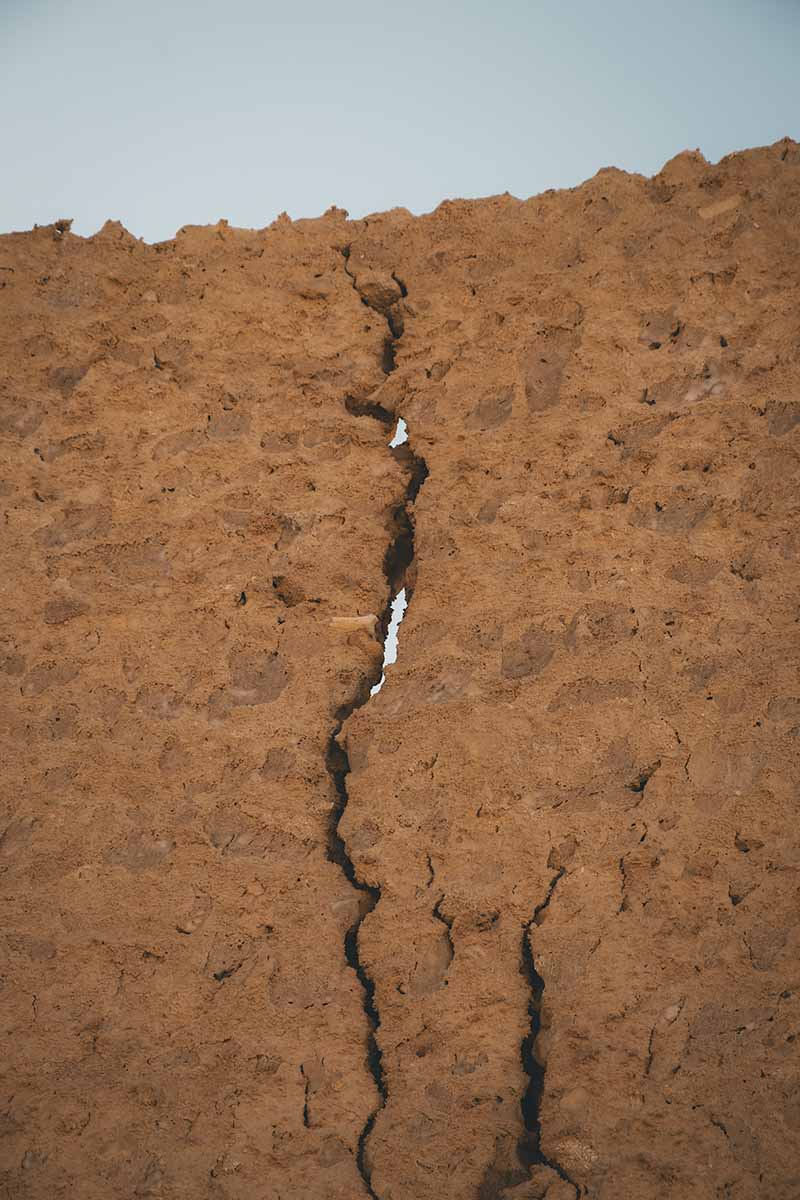
The word “Shali” comes from the Berber language Amazigh and means fortified city. And for hundreds of years it lived up to its name and prospered. The four to five storey fortress sheltered the many Siwi Berbers who lived within its walls and offered ultimate protection against all outside forces and the harsh desert conditions.
However, it was the Kershef bricks that finally led to the fort’s demise. In 1926 three days of heavy rain resulted in substantial damage to the Shali’s structure – essentially causing the mud-brick to partially melt away.
As a result, many, and finally all inhabitants moved out and re-homed in the surrounding area during the following years.
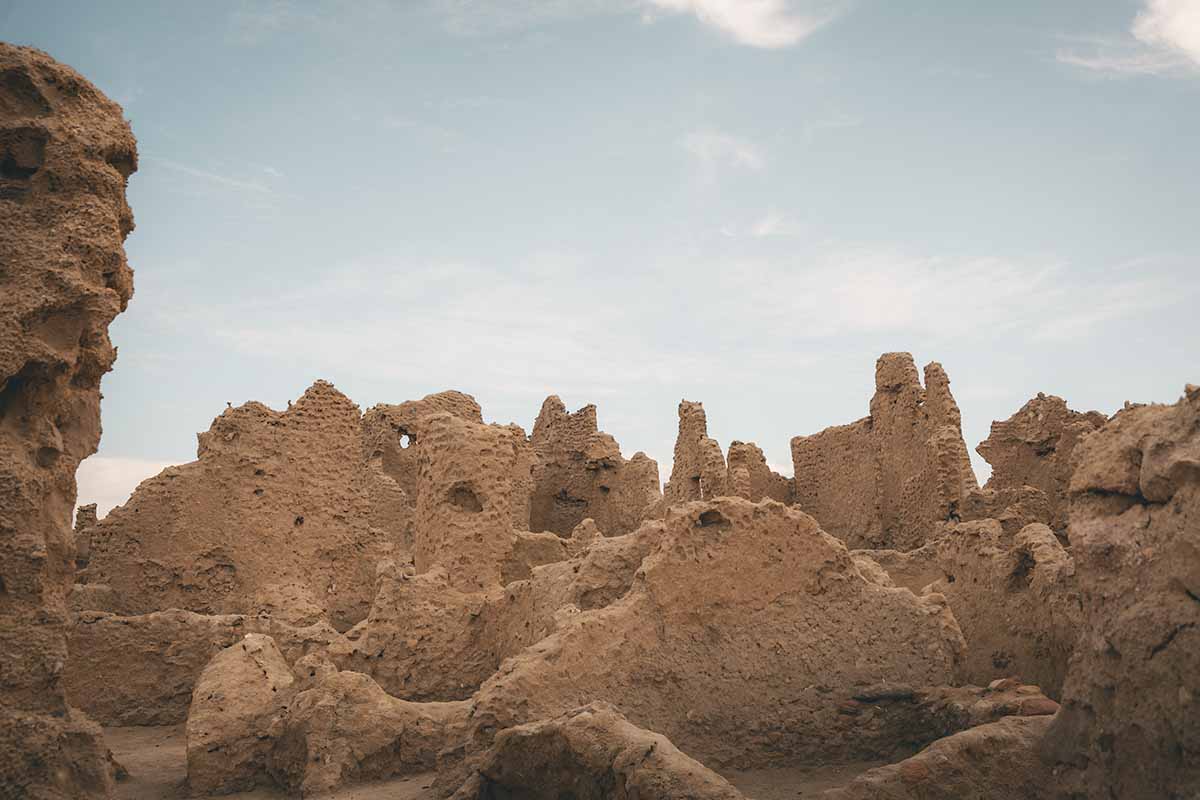
The Present Day
Shall Fortress remained abandoned until 2018 when restoration work began, using traditional building techniques and local materials to preserve the heritage of Siwa.
Siwa Oasis is one of Egypt’s growing tourist spots, especially after the salt lakes doing the rounds on social media, but it’s still relatively under the radar when compared to the likes of Cairo, Luxor, Aswan and Alexandria.
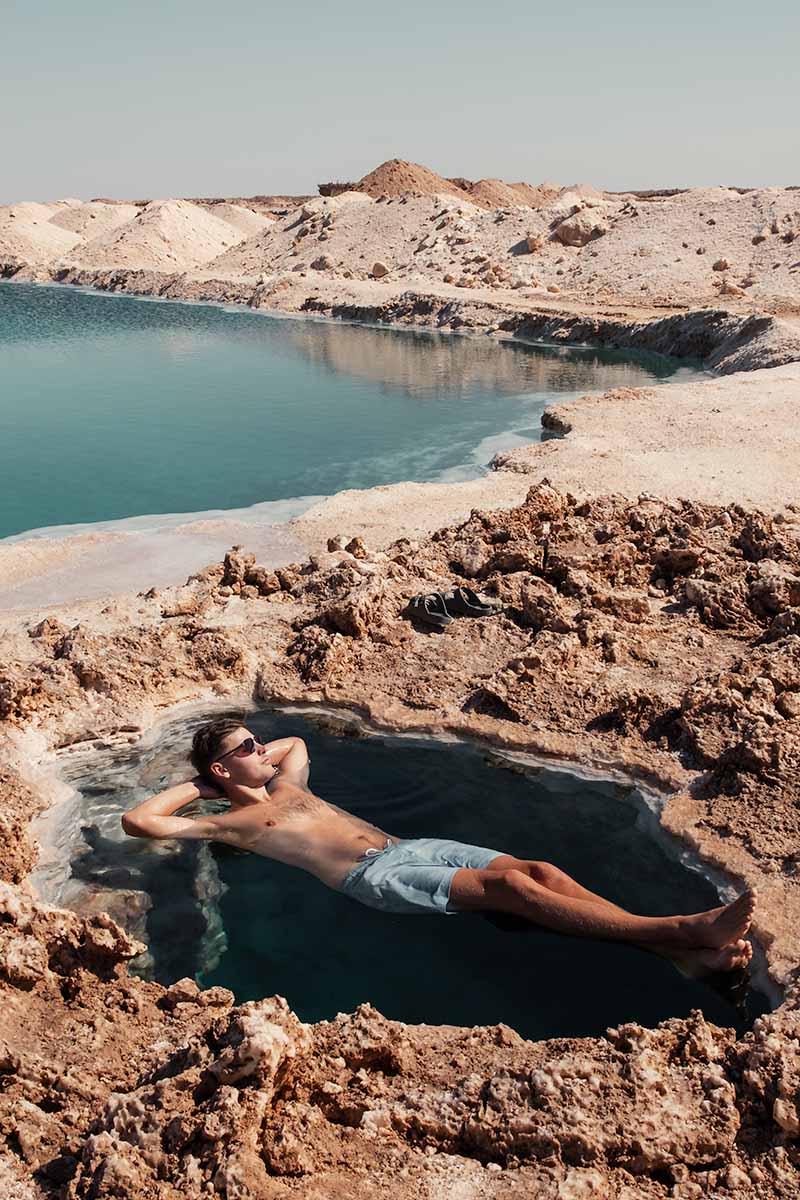
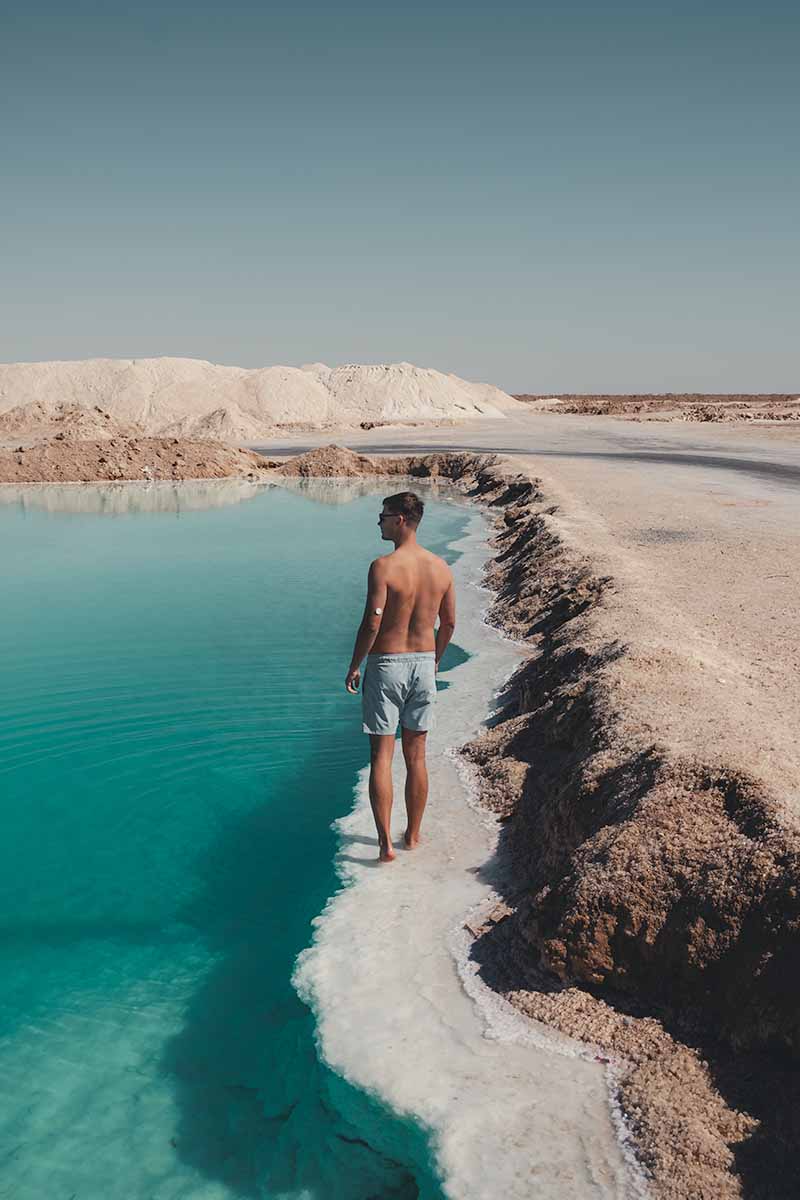
So, the hope with the restoration is that it will encourage more people to venture to Egypt’s Western Desert and enjoy the many amazing attractions in Siwa Oasis.
How to Get There
Getting to Shali Fortress is as convenient as it gets as it’s in the heart of Siwa Oasis.
Find the exact location here on Google Maps.
Sitting opposite El Souq Square, behind where the tuk-tuks and taxis congregate, there’s no official entrance that you might expect from a major tourist attraction.
The entrance is actually rather unassuming and is located through a narrow alley to the right of Albabenshal Hotel. You’ll pass through a small bazaar selling rugs, scarfs, salt lamps and more, before reaching a set of steps to the left. Follow these steps to enter Shali Fortress.
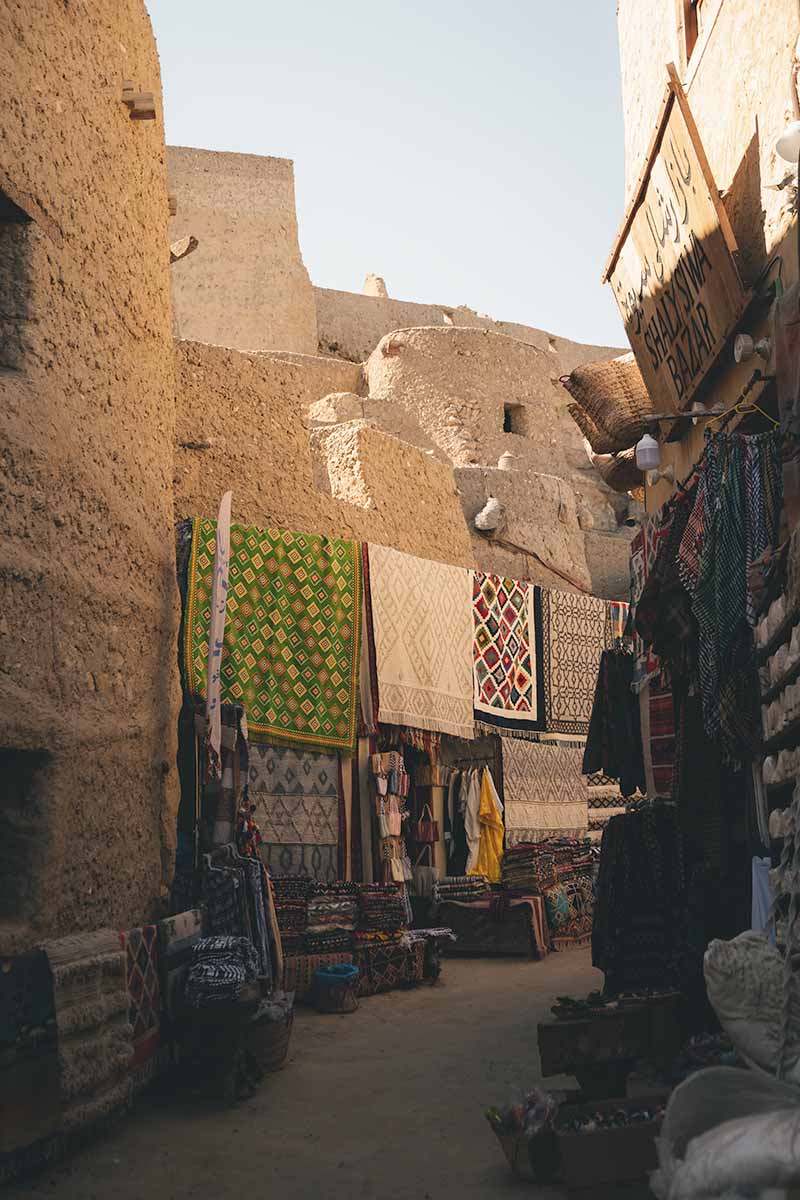
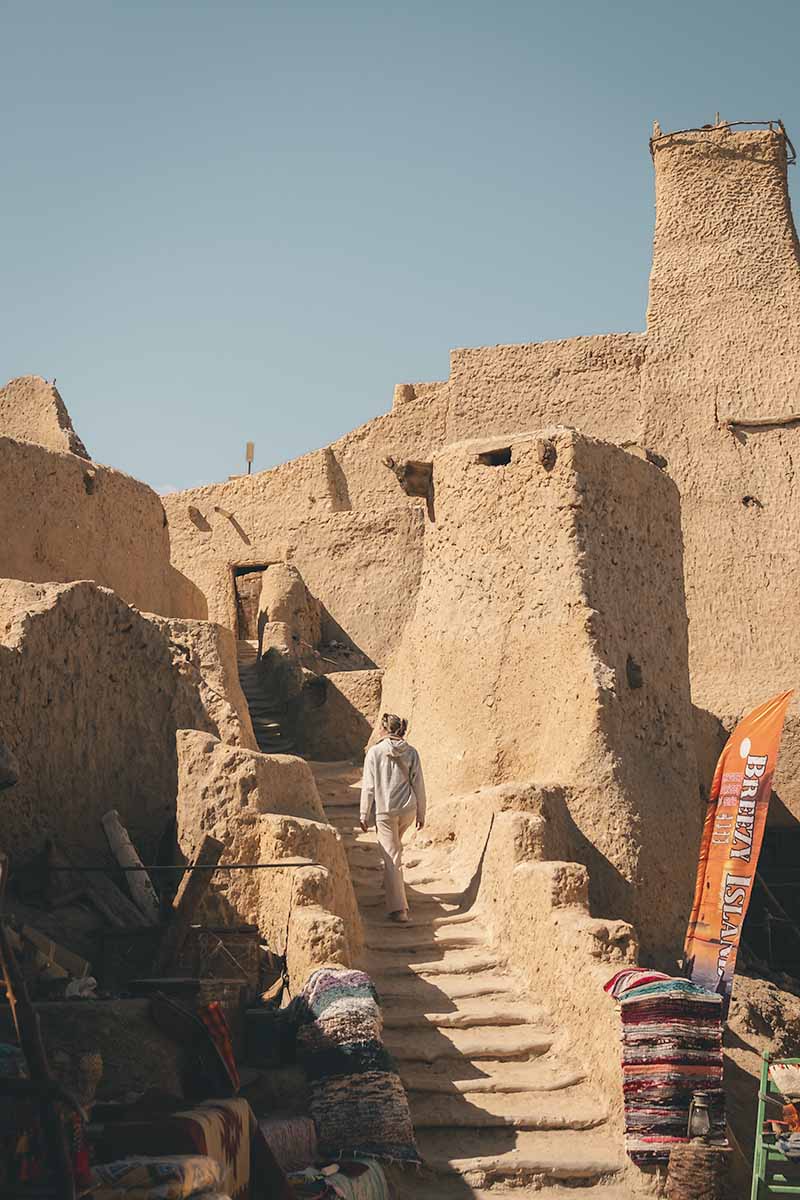
If your accommodation is in the town centre you’ll be able to walk there within minutes.
However, if you’re staying in a camp or hotel outside in the outskirts you’ll need transport to get to the fortress. If you don’t have your own I’d suggest speaking to your accommodation and they’ll be able to organise a tuk-tuk or taxi for you.
Cycling is also an option to get to the fort and around Siwa depending on where your accommodation is and the time of year you’re visiting. It can be too hot to cycle in the summer, but many tourist sights are within 5km of Siwa’s centre.
If you’d like to get around on two wheels, I’d recommend hiring from Shaly For Rent Bicycles. Our bikes from here were decent enough and we paid a good rate of 150EGP per bike per day.
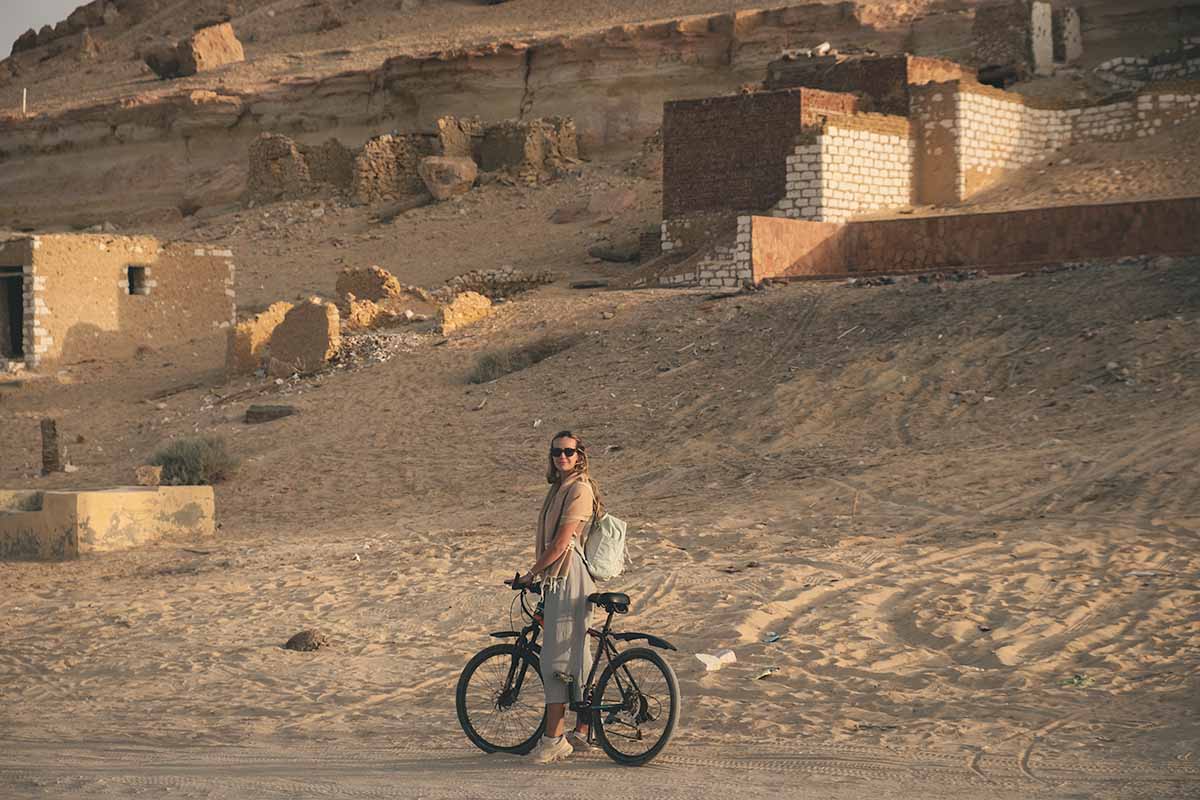
Related Post: How To Get From Cairo To Siwa Oasis
Entrance Fee
As of 2024 it is free to enter Shali Fortress.
What to Expect at Shali Fortress
Once inside the fort via the steps after the bazaar, you can spend your time exploring the Shali’s various levels.
I recommend heading to the left and starting with the top storey (if you reach the pottery school you’ve gone too far). This does require some effort as there are a fair amount of uneven steps to climb. However, it’s accessible for most people, even if you have to take your time and top to catch your breath.
I can assure you that the effort is well worth it though!
The top of the fortress is the most crowded area but for good reason. Up here is an incredible 360 degree view of Siwa Oasis! There are epic views of Siwa town, Mountain of the Dead, Darkrur Mountain, Siwa’s lakes, and the vast sea date palm trees!
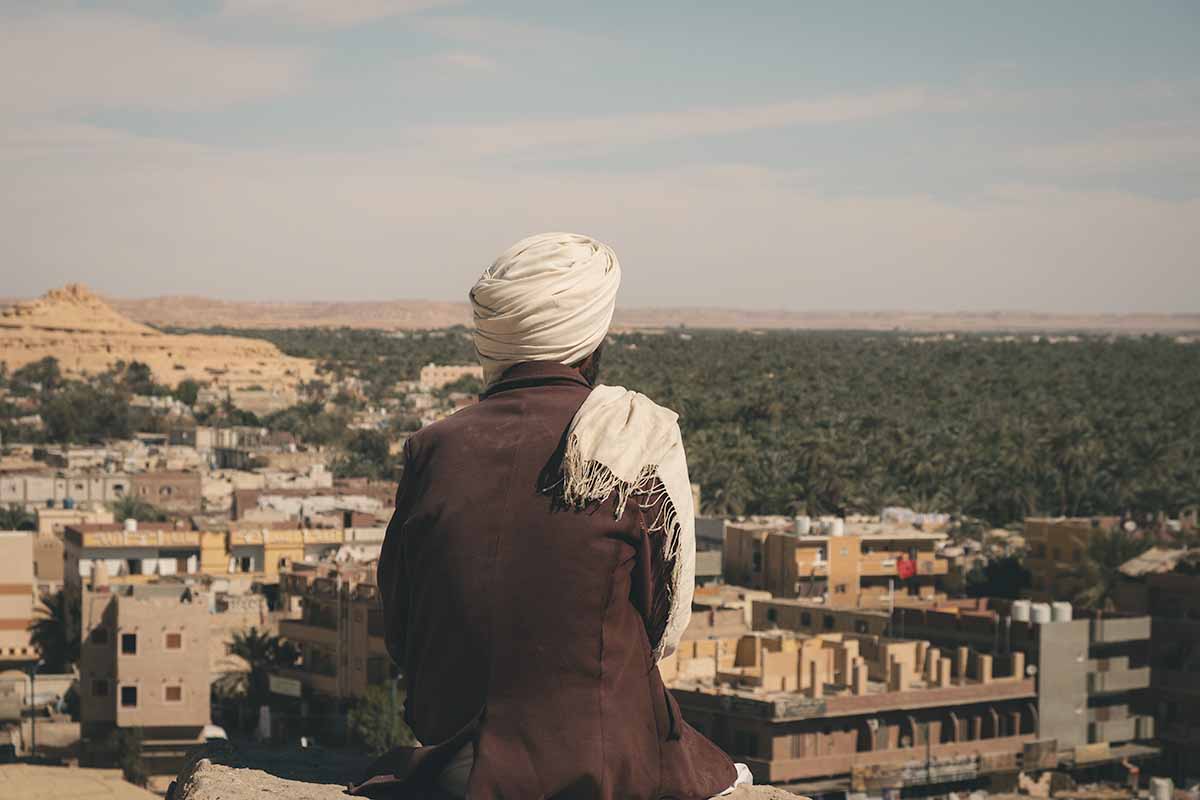
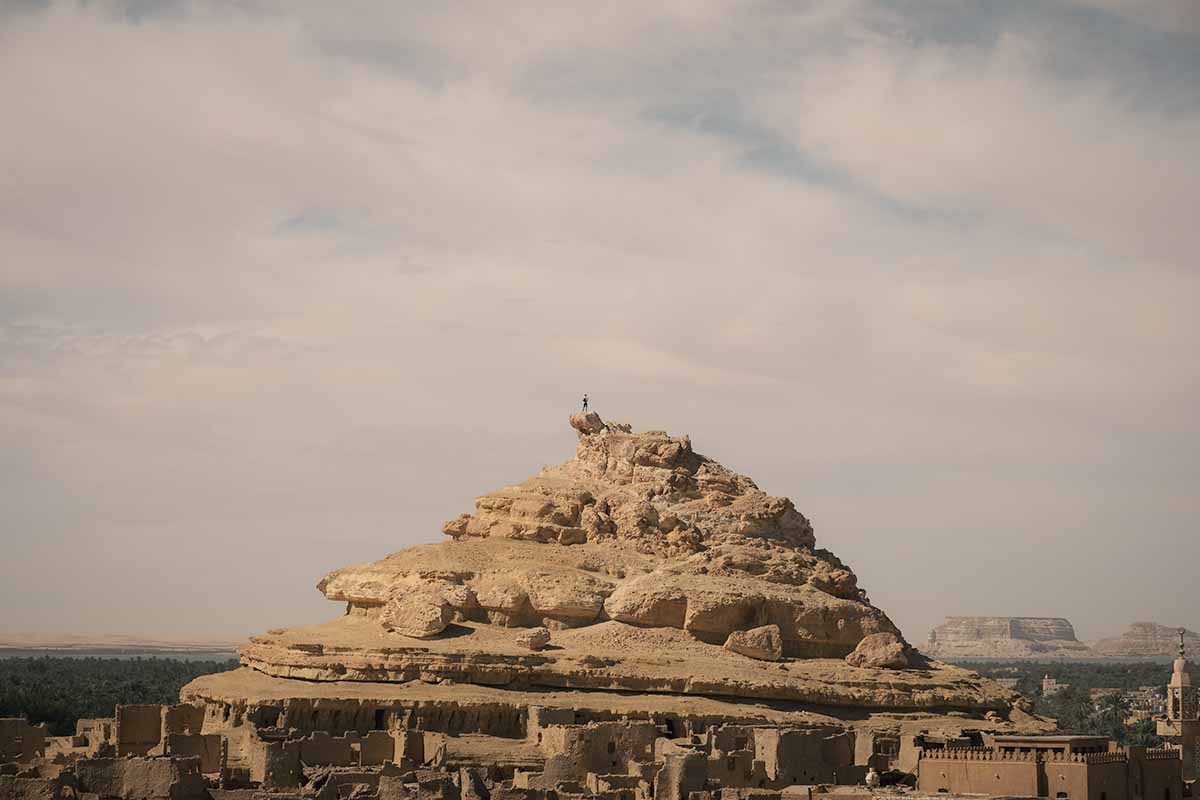
It’s also pretty cool to have a birds-eye view of the fortress below. This gives you an overview of the interconnecting streets and passages across the different levels.
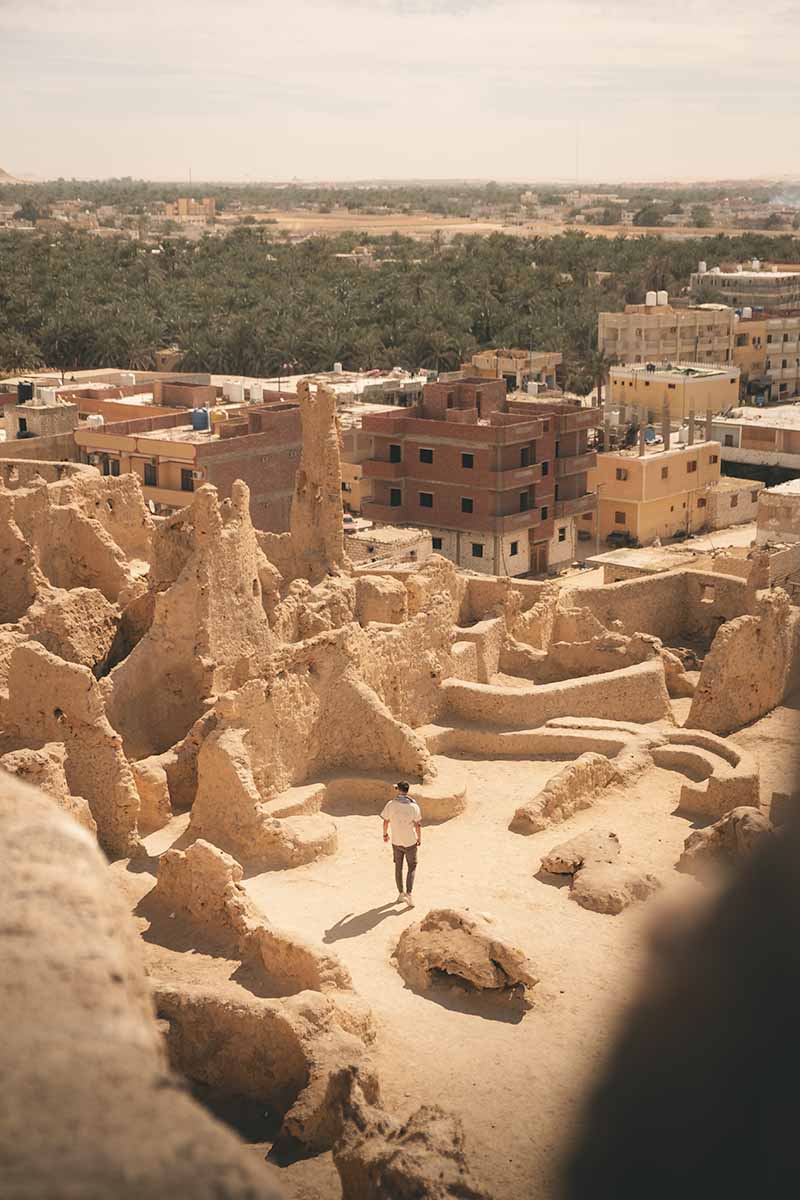
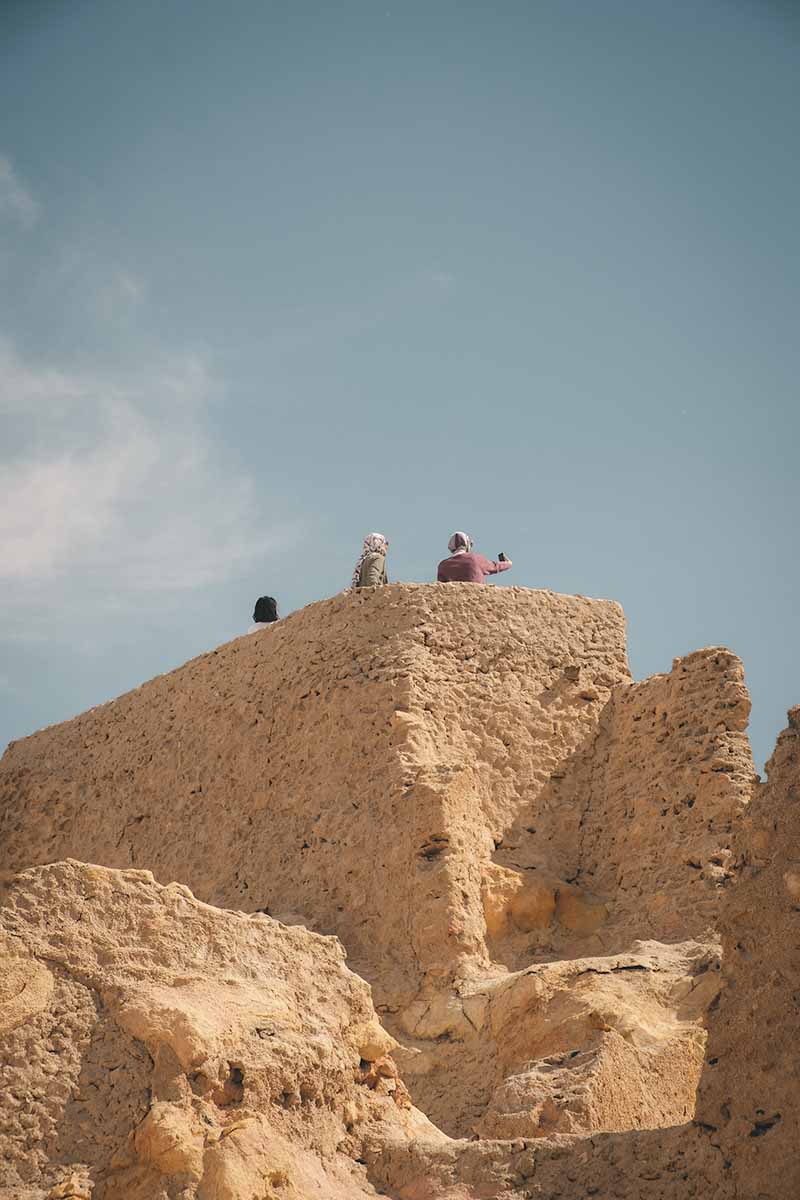
The top of Shali Fortress is also a special place to watch one of Siwa’s insane sunsets so I’d recommend coming back for one golden hour!
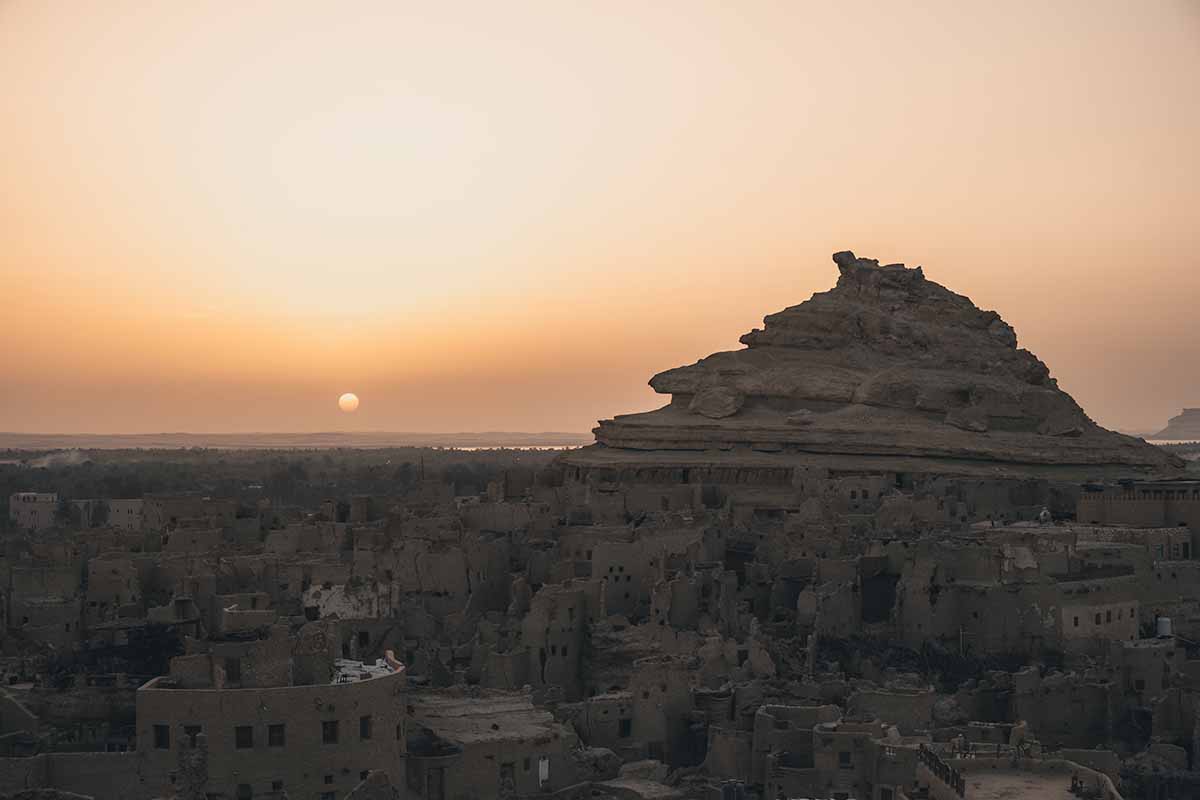
After you’ve taken in the view and snapped plenty of photos, head back down and enter the maze of pathways in the middle levels. Try to imagine the confusing labyrinth it must have been in its heyday!
Finally, make your way around the lower level of the fortress. This takes you past the pottery school and eventually to the exit which leads back out onto the same street as Albabenshal Hotel.
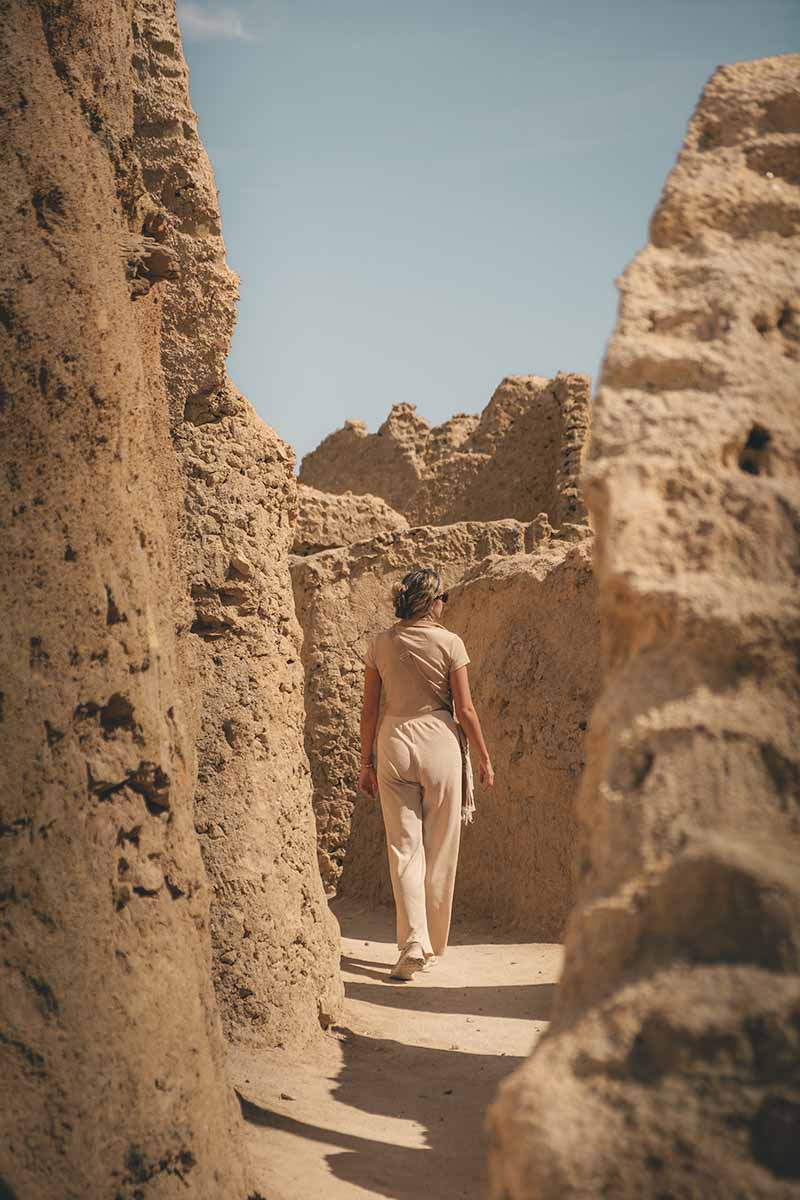
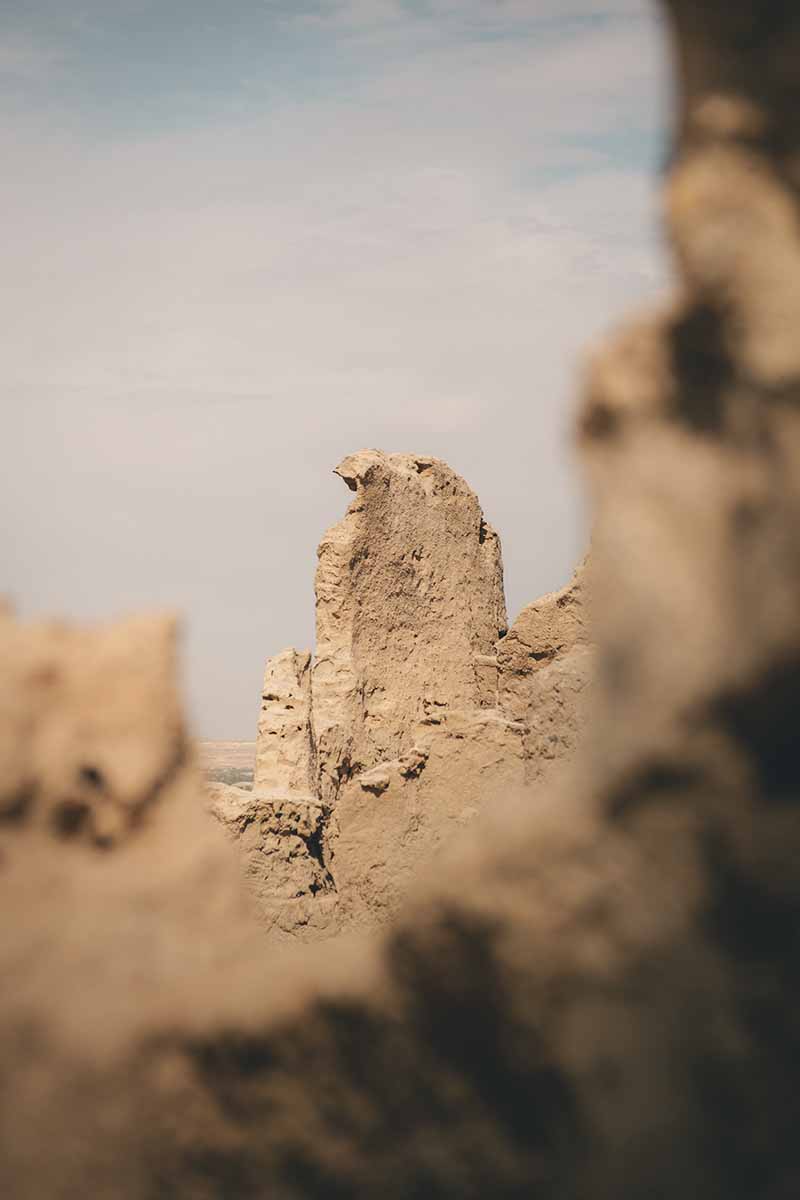
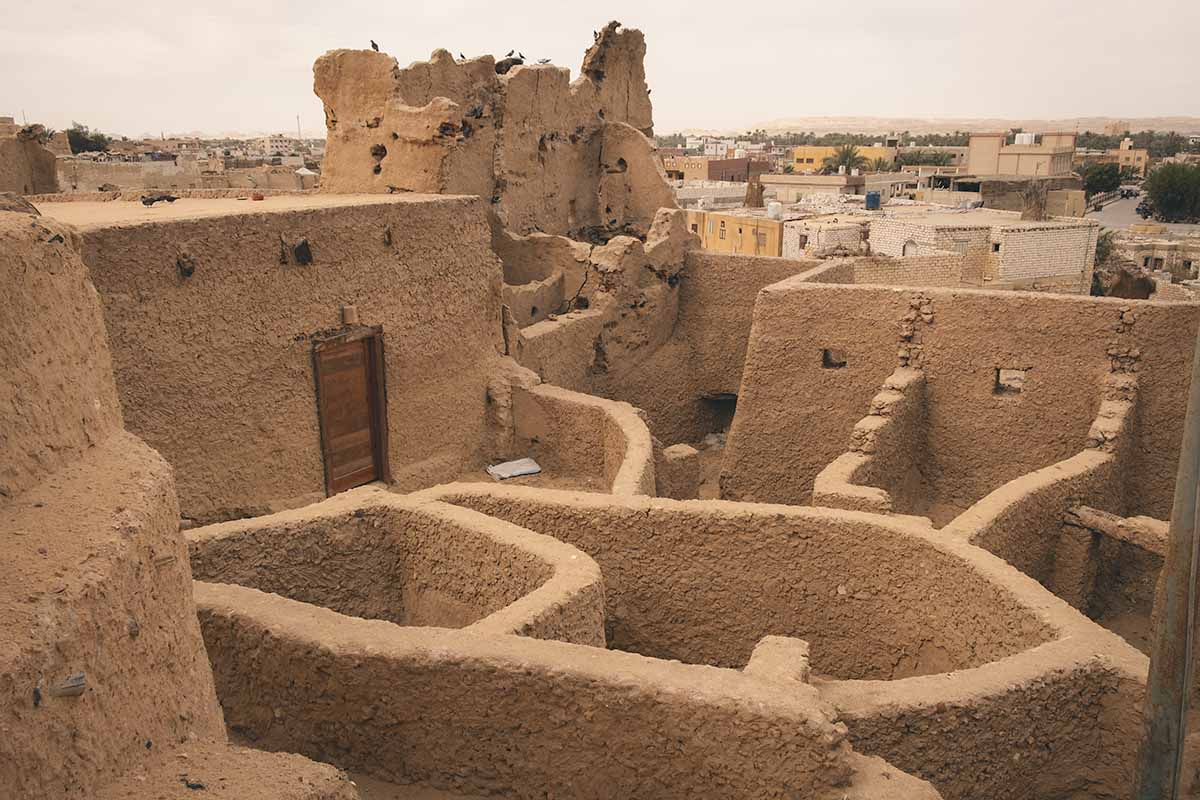
Overall I’d plan 30-60 minutes for your visit. Although, this depends on how quickly you can climb the steps and how many photos you want to take. If you’re like me and enjoying taking your time and capturing far too many photos then maybe plan for over an hour!
Read Next: Fatnas Island: The Best Sunset Spot In Siwa Oasis
Other Things to Look out For
As well as the view at the top, here are a few more things to look out for as you explore.
The Old Mosque of Shali Fortress
Erected in 1203, the oldest building in the Shali is the fort’s mosque.
This mosque remains an important symbol of tradition and religion in Siwa and it’s easily recognisable it from the chimney-shaped minaret.
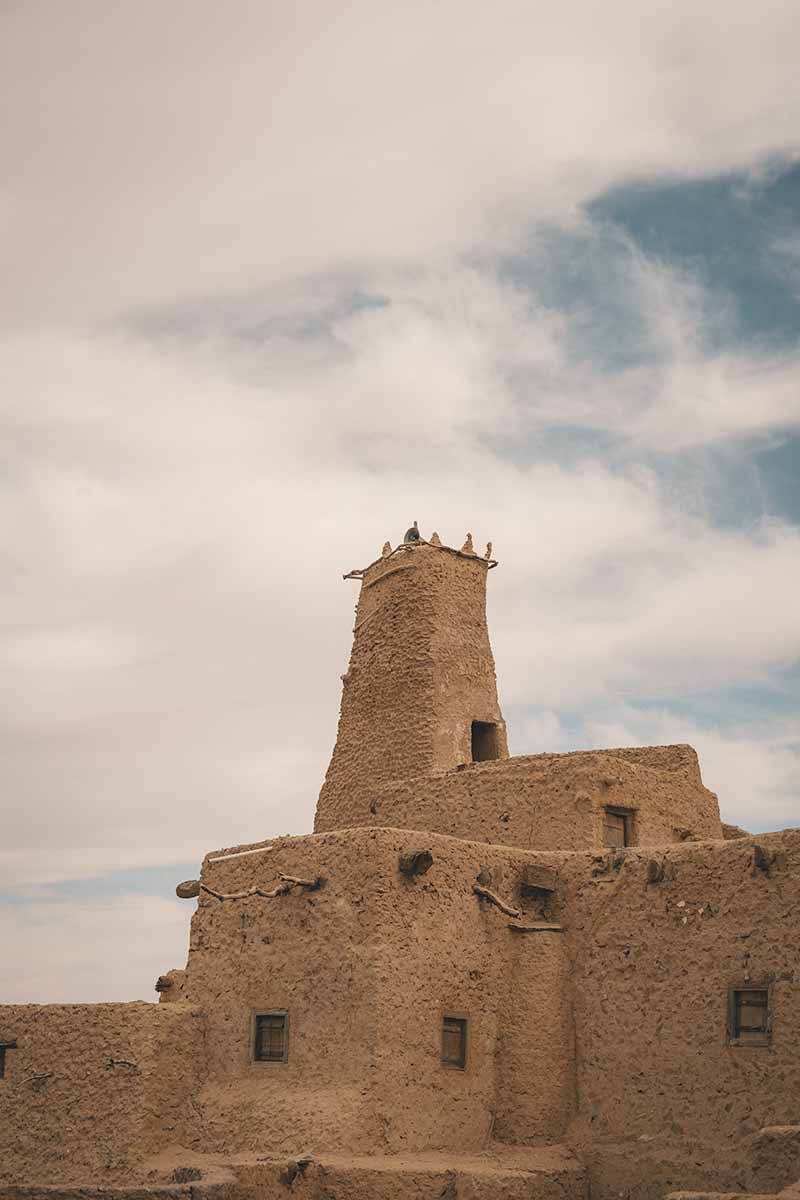
A Picturesque doorway
When wandering around the lower level of Shali Fortress, you’ll come across a pottery school. While pottery isn’t something that holds much interest for me, what caught my eye was one of the school’s doorways.
Perfectly etched into the restored kershef, this doorway is just asking for a photo!
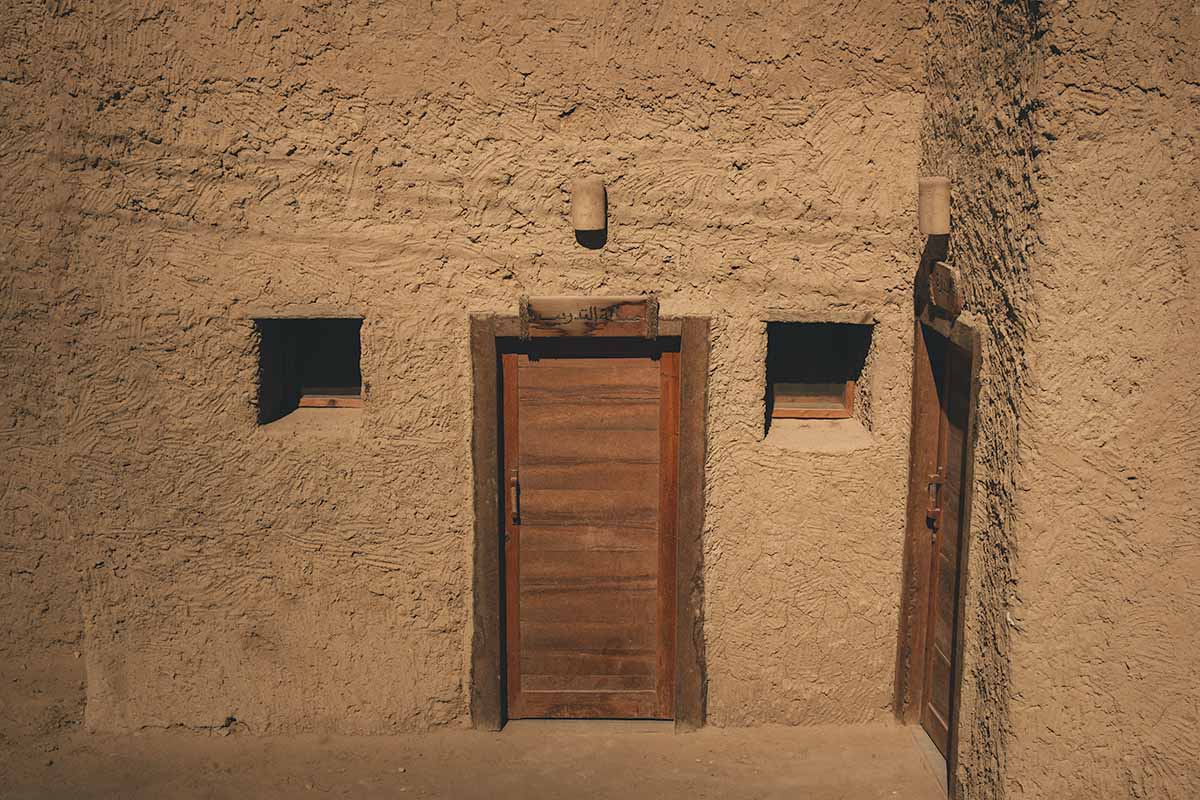
Bones and Salt in the Kershef bricks
Before visiting Shali Fortress, I’d read about the salty Kershef mud-brick and how it eroded from the heavy rain. So I wasn’t surprised to see chunks of salt exposed on the walls and structures.
However, what I wasn’t expecting to see was many chunks of bone also sticking out of the kershef!
I didn’t find any information on this but I can only guess they’re from an animal of some kind.
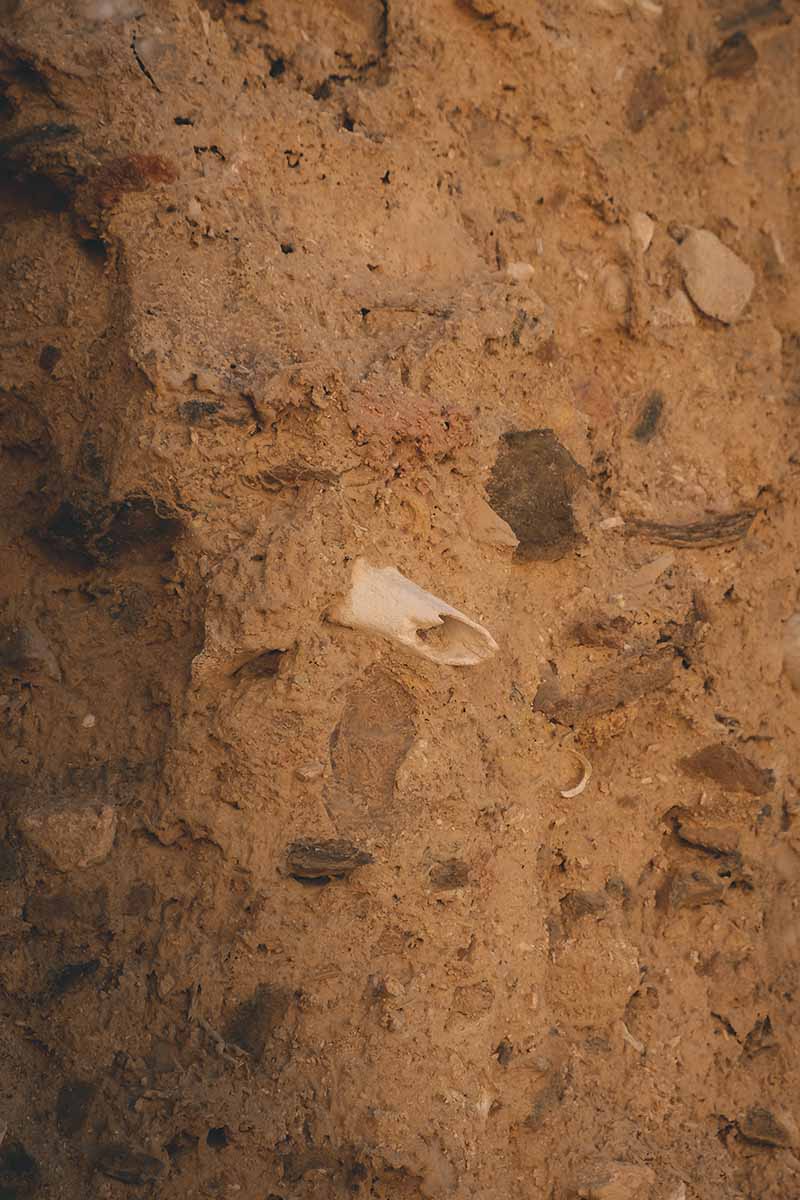
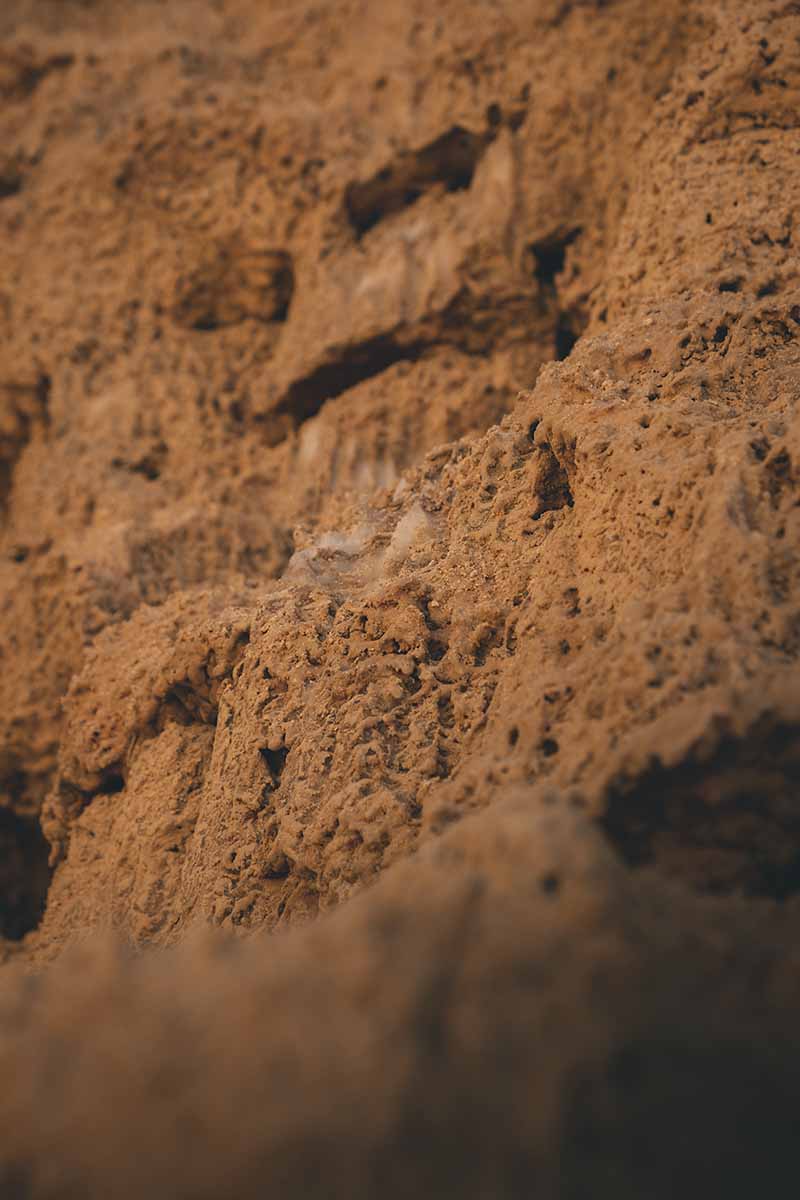
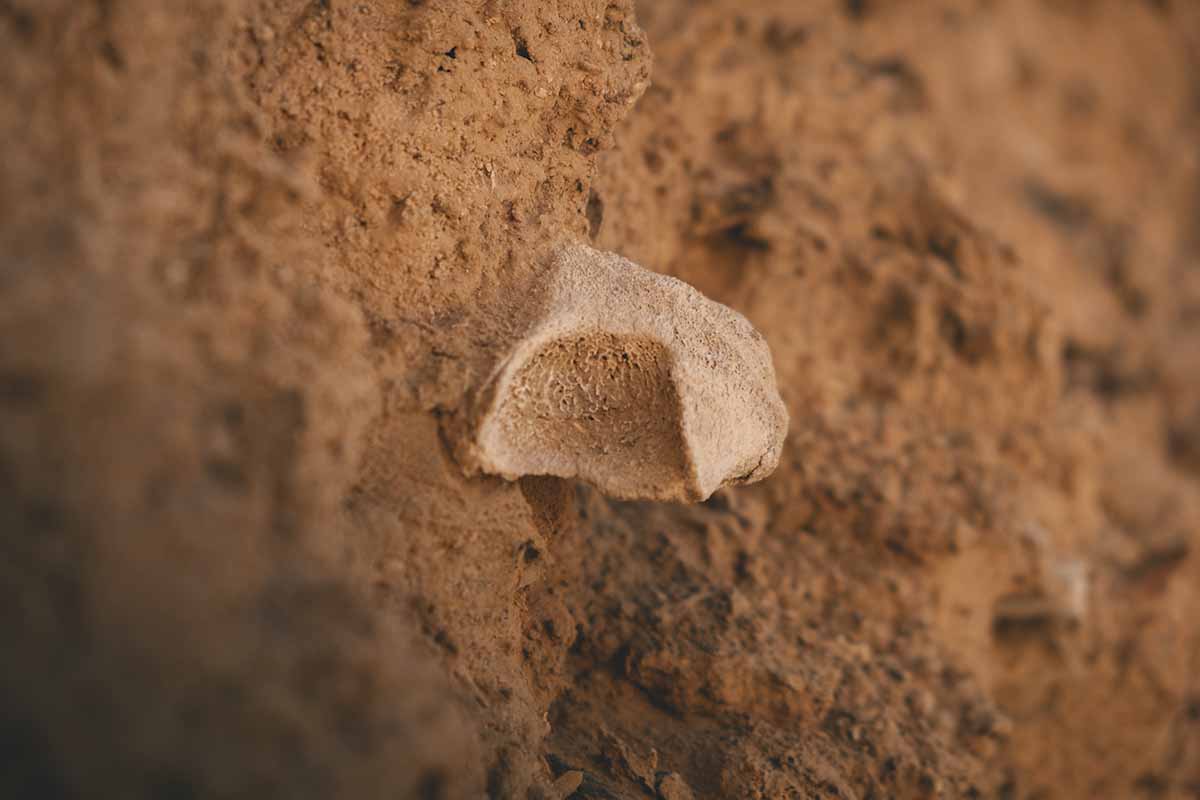
Old Window Frames
As we wandered through the maze of ruins, we noticed frames on the outer walls that would once have been windows.
This might not sound too exciting, but looking through you can see views over Siwa Oasis and the epic mountains in the distance!
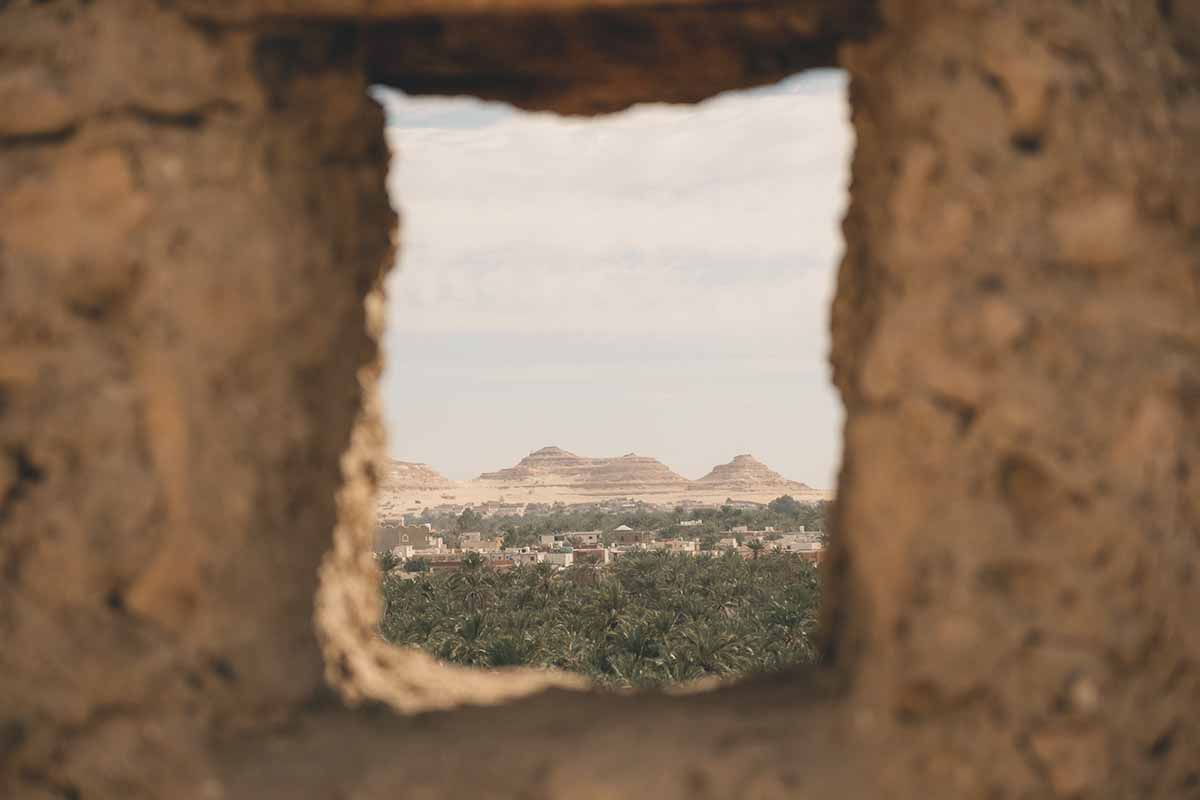
Final Thoughts
If you make the trip to Siwa Oasis, it’s well worth spending some time exploring the monumental Shali Fortress.
As well as being a significant part of Siwa’s history, visiting is worthwhile for the views from the top alone!
Pin It For Later!
More Egypt Guides
Check out some of my other Egypt blog posts for more inspiration and helpful information!

